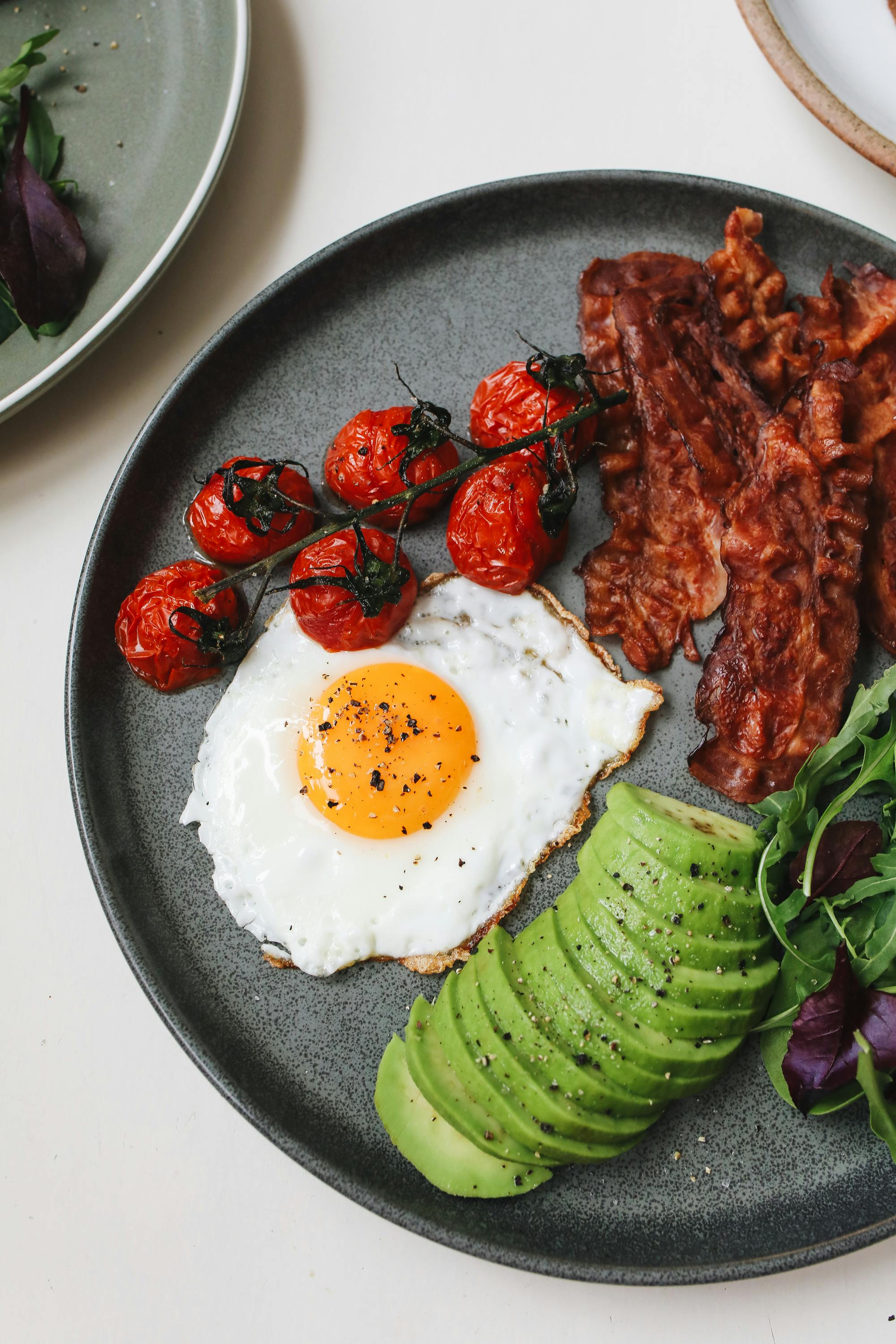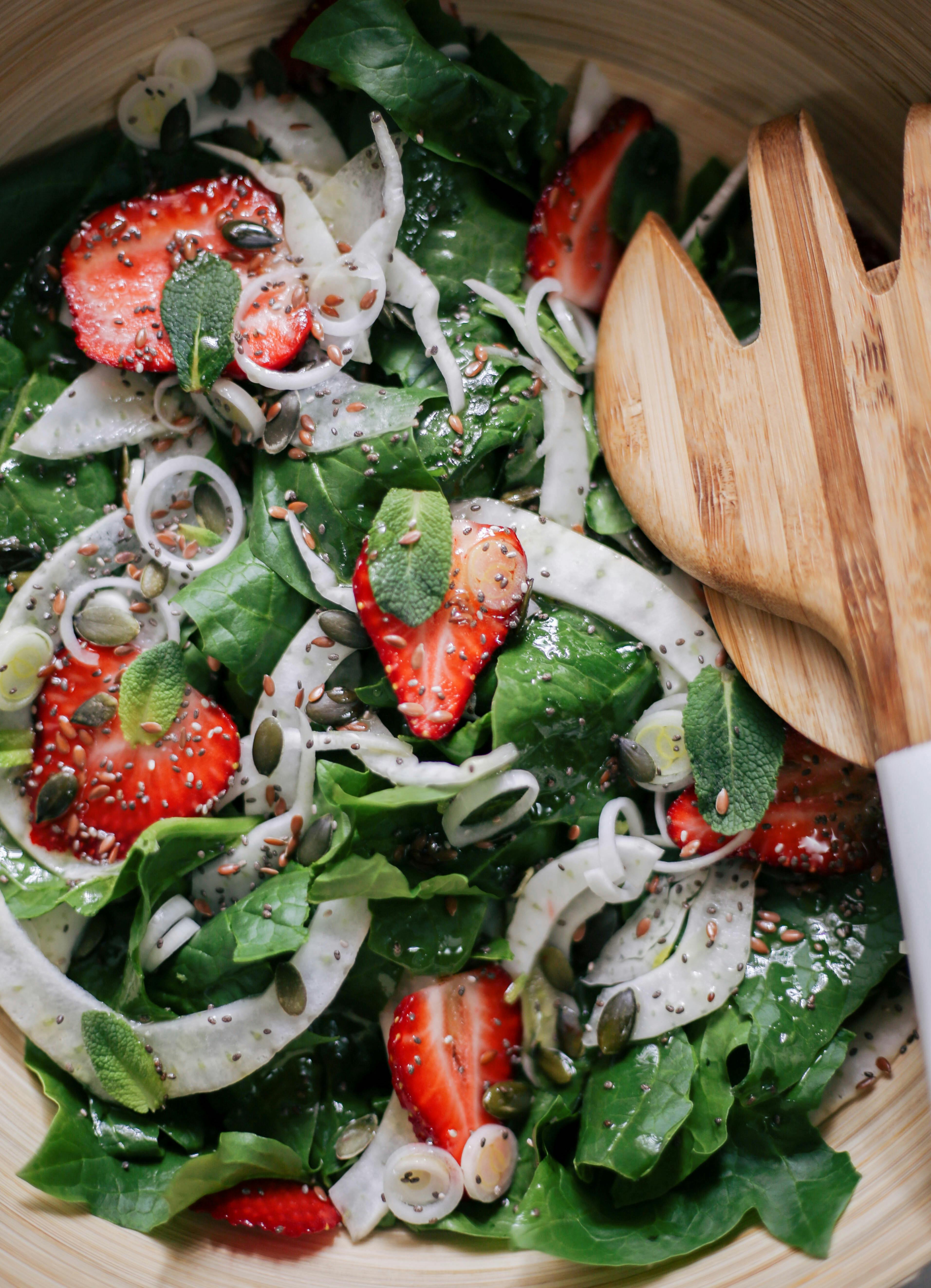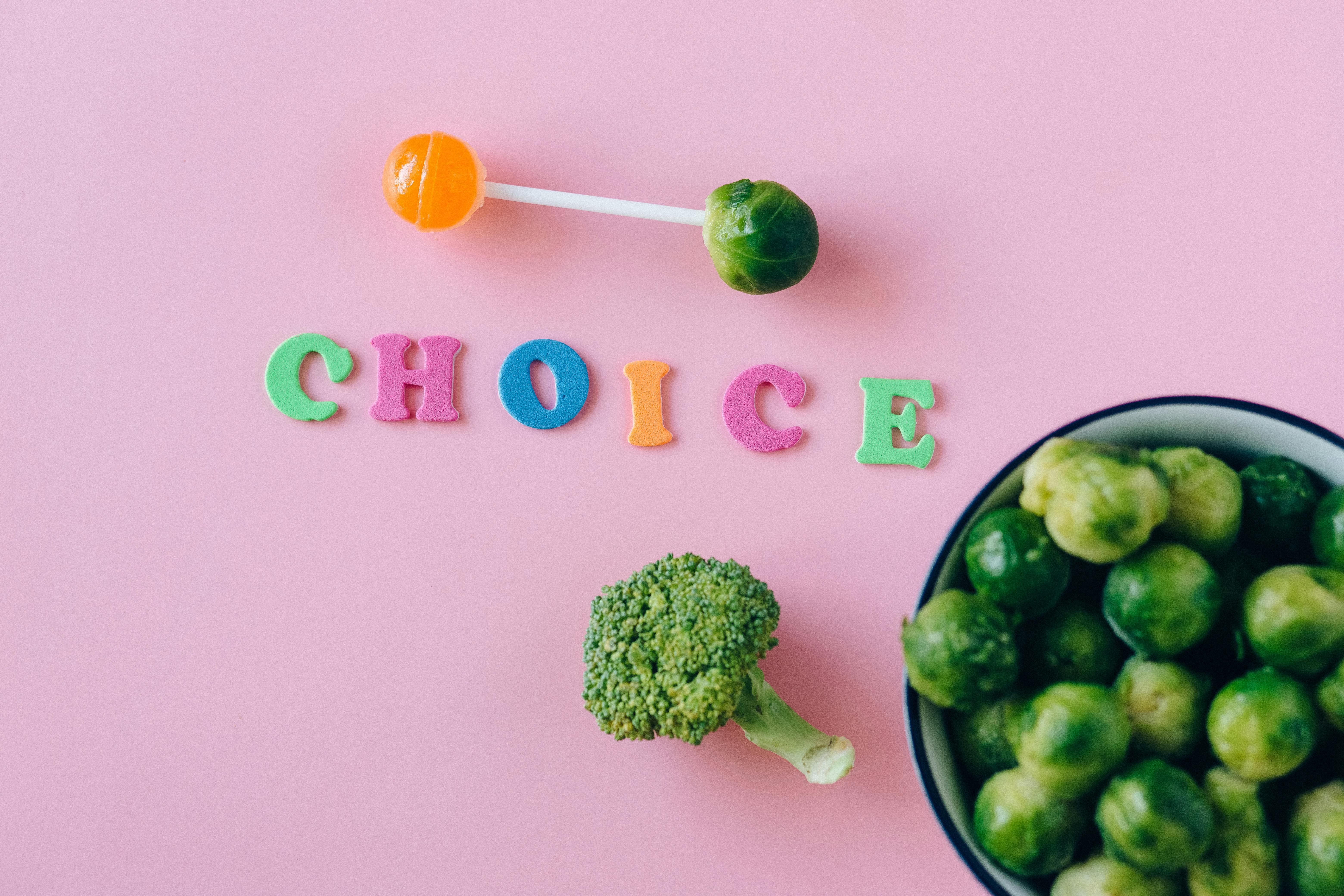
Essential Guide to Colostomy Diet Menu for 2025 Health
A colostomy can significantly alter a person's lifestyle, particularly their diet. Understanding how to effectively manage a colostomy diet is essential not only for health recovery but also for maintaining overall well-being.
This article provides a comprehensive overview of a suitable colostomy meal plan in 2025, emphasizing the importance of foods for colostomy patients. We will cover essential nutrients, hydration tips, meal timing, and how to optimize your diet for better digestive health.
With careful consideration and planning, transitioning into a colostomy diet can be a positive experience. By incorporating the right ingredients and adhering to expert advice on colostomy nutrition, individuals can enjoy practical meals while ensuring their health remains a top priority.
Key takeaways from this guide include:
- Importance of hydration and managing food intake
- Types of foods that enhance digestive health
- Meal prep ideas and cooking tips for easy digestion
Understanding Your Colostomy Diet
Building on the importance of a well-structured diet, it is critical to fully grasp what your colostomy nutrition entails. After surgery, your digestive system may react differently to foods. This means that careful selection of meals can greatly enhance recovery and comfort.
Post-Surgery Diet Considerations
After a colostomy, individuals may face challenges such as gas production and food intolerance. Following a low-residue diet can help minimize discomfort. This includes starting with soft foods and gradually introducing more variety as tolerated.
Foods for colostomy patients should be easy to digest. Some initial options may include well-cooked grains, lean proteins, and non-gas-producing vegetables. Always consult your healthcare professional about specific dietary needs during recovery.
High-Fiber Foods to Include
Once you're more comfortable, include high-fiber foods to aid digestion and nutrient absorption. However, be cautious with fiber types, as some can cause blockage or gas. A good balance taken with hydration is crucial.
Fiber-rich options suitable for a colostomy diet can include oatmeal, cooked carrots, and banana. Incorporating these foods will help maintain regular bowel movements, which is essential for gut health.
Meal Frequency and Portion Control
Adjusting meal sizes and the frequency of eating can contribute positively to digestive comfort. Instead of three large meals, consider 5-6 smaller ones. This strategy allows for better digestion and can minimize discomfort associated with larger meals.
Foods to Avoid and Hydration Tips
Connected to this understanding of dietary needs, certain foods must be avoided to promote a healthy colostomy experience. Identifying these foods will help you create a suitable colostomy meal plan.
Gas-Producing Foods to Avoid
Foods such as beans, cabbage, and carbonated drinks should generally be eliminated from the diet as they can lead to gas accumulation after surgery. Monitoring food reactions is essential as you gain familiarity with what your body tolerates.
Maintaining Electrolyte Balance
Hydration is vital, especially post-surgery. Ensuring you drink enough fluids daily can help maintain electrolyte balance and support healthy digestion. Herbal teas and clear broths can be good options that add comfort without excess calories.
Smart Hydration Practices
Stay aware of your hydration practices. Make it a habit to carry a water bottle and sip water throughout the day instead of consuming large quantities at once. Additionally, electrolyte-rich drinks can be included when needed.
Incorporating Nutritious Foods into Daily Meals
Moving forward, focus on how to incorporate nutritious foods into your daily meals effectively.
Protein Sources for Strength and Recovery
Protein is a crucial component of healing. Including lean meats, fish options, and plant-based proteins such as tofu can help meet these dietary needs. Always prioritize easy-to-digest options.
Fruits and Vegetables to Include
Introducing fruits can be beneficial. Ripe bananas, cooked apples, and peeled peaches are excellent choices. For vegetables, consider cooked options like carrots and zucchini, which are gentle on the stomach.
Whole Grains and Dairy Alternatives
Whole grains like quinoa and brown rice provide fiber and nutrients, vital for digestive health. Furthermore, exploring dairy alternatives can help accommodate lactose intolerance post-surgery.
Practical Cooking Tips and Recipe Ideas
With a clearer understanding of diet essentials, it's time to discuss practical aspects of cooking and meal preparation.
Meal Prep Ideas for Busy Lives
Being organized with meal prep ensures you have colostomy-friendly snacks and meals ready for busy days. Invest in containers that can easily store portioned meals and snacks, making them convenient for on-the-go eating.
Simple Cooking Techniques
Steaming, boiling, and baking are recommended cooking methods reducing gas production while maintaining nutrients. Avoid frying and heavily spiced foods to prevent irritation.
Recipe Inspirations for All Tastes
Explore various recipe ideas from chicken casseroles to vegetarian stir-fries. Colostomy recipes can still be flavorsome when cooked appropriately and feature a variety of ingredients.

Regular Monitoring and Professional Consultation
Adjusting your diet for your colostomy is an ongoing process that requires regular assessment and potentially consulting healthcare providers.
Importance of Consulting Healthcare Providers
Regular discussions with your healthcare providers about your dietary choices can help tailor a more individualized meal plan. They can provide recommendations that suit your specific needs and preferences.
Utilizing Online Resources and Nutrition Blogs
Make use of available online resources like meal planning apps and nutrition blogs. They provide diverse meal ideas tailored to colostomy patients, ensuring variety and nutritional richness.
Keeping a Food Diary
Maintaining a food diary allows you to track your meals and any reactions you experience. This can serve as a valuable tool in identifying foods that work best for you, assisting in meal customization.

Conclusion: Embracing a Healthier Lifestyle
Embracing a healthy lifestyle post-colostomy involves careful consideration of your diet. By following the guidelines established in this guide, individuals can systematically craft a nourishing colostomy diet that promotes wellness and efficiency.
The journey may require some adjustments, but with ongoing education and a focus on thoughtful food choices, managing a colostomy can be a positive part of one's life. Ultimately, pursuing nutritious meals and incorporating hydration tips will lay a strong foundation for optimal health.